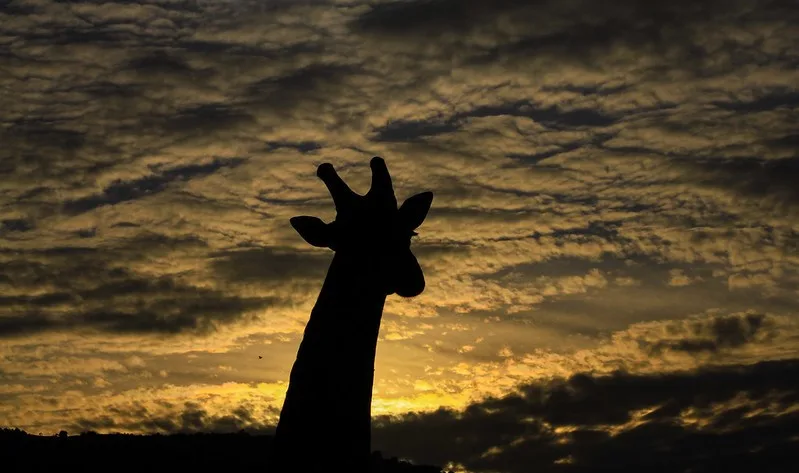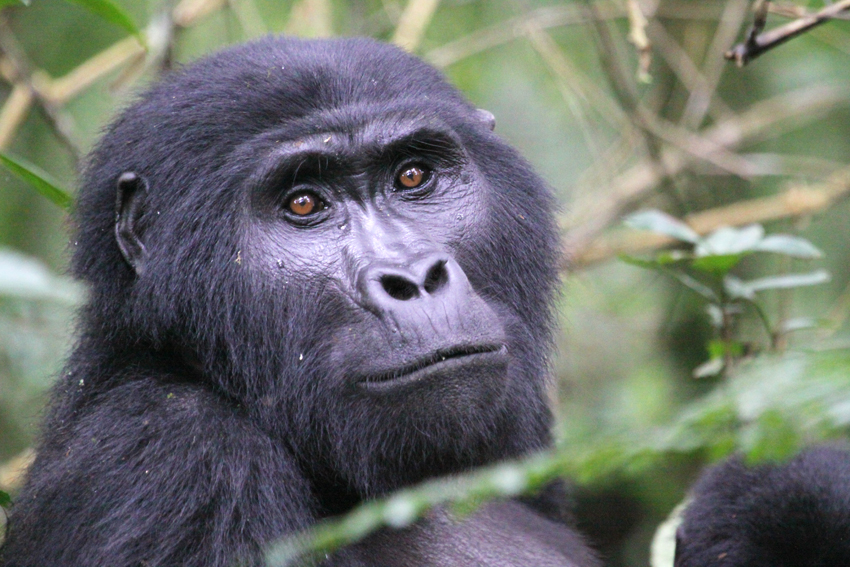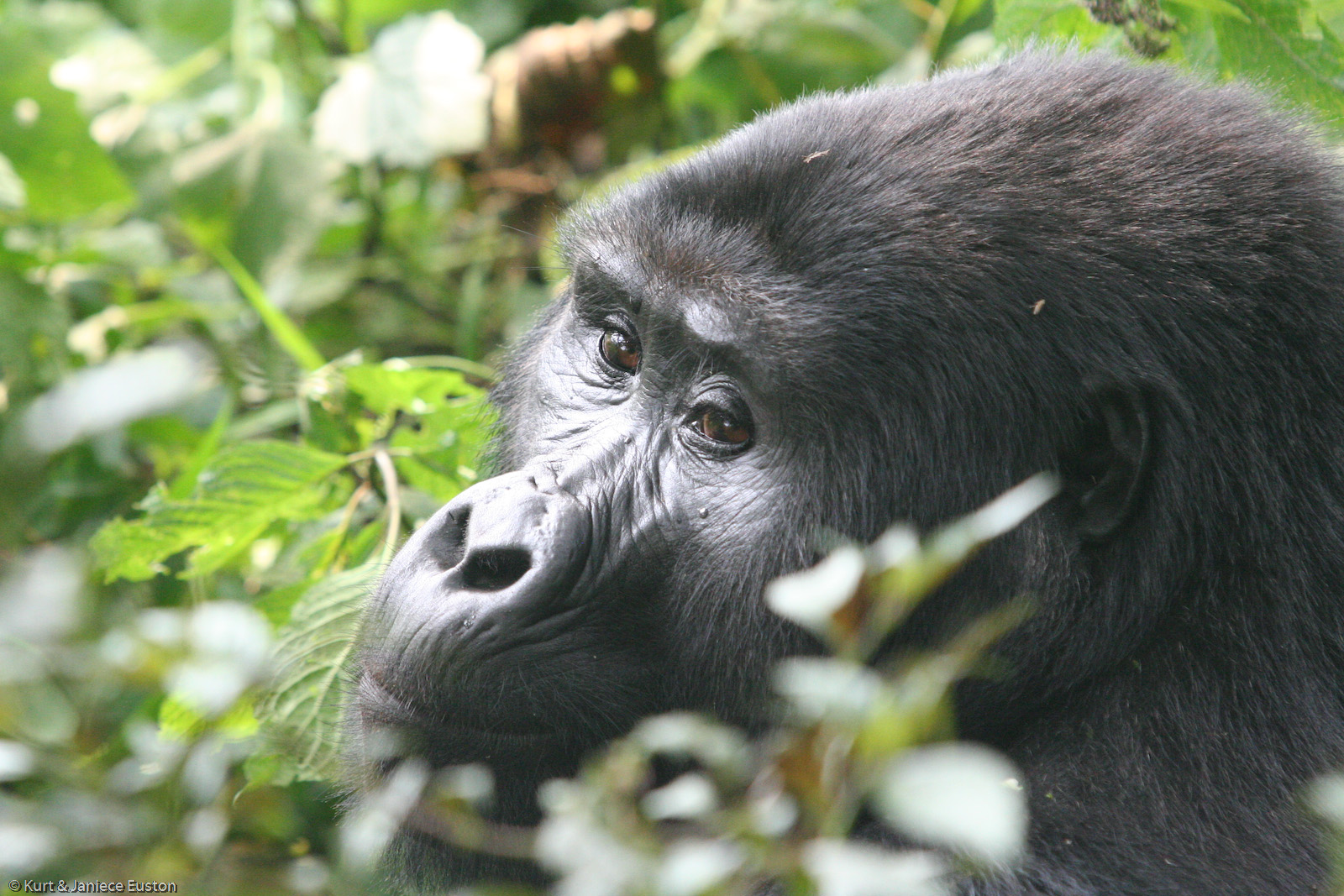Why Visit Kenya For A Holiday
Prominent East African country Kenya delivers some of the greatest wilderness experiences; it is a leader in sustainable tourism with a globally-known approach of wildlife management. Holiday visitors will find it a beautiful place because of its globally important ecosystems where rare species abound in amazing numbers.
The fascinating adventure sites of the nation include kilometers of white sand beaches as well as travels into varied deserts and deep woodlands. Rising above the plains of the savannah and tropical woods are iconic sites like Mount Kenya. Its complex waterfalls pound the alpine hillsides.
Kenya offers an African fantasy vacation of a lifetime from the highest mountains to the most underwater reserves. These are some of the many additional reasons you need to go to Kenya for vacation.
To see the yearly wildebeest movement.
Drawing in hundreds of guests annually, the opportunity to see these tense and horrific images as wildebeest crash down the steep sides and thunder into the dangerous waters appeals.
Moving and grazing, the Wildebeest Migration is a process of shifting towards new pastures without following a particular road. Though July to September is peak season, when the spectacle of wildebeest diving into the Mara River, escaping crocs and lions as they go, attracts people in their droves, the enormity and breadth of the Migration mean there are many sites and times to witness it throughout the year.
Ideal locations for seeing wild African large cats
On safari, the feline trinity known as lion, cheetah, and leopard provides some of the most fascinating wildlife watching available. Many people visit to Africa mostly in order to see wild big cats. Seeing wild cats at their peak hunting activities is the only better excuse for a Holiday trip to Kenya.
The Masai Mara, Kenya’s most well-known game reserve, is home to many vicious cats feeding on the plenty of wild animals that wanders its plains. Watching lion and cheetah hunts makes this perfect African safari location.
Many films highlight Mara’s big cat games, for instance the BBC’s well-liked Big Cat Diary series with leopards, cheetahs, and Marsh Lion Pride.
A highlight of every Kenya safari, particularly during the Annual Great Migration when the wildebeests and their retinue must traverse the Mara River, is seeing a pride of lioness making a kill or accompanied by gorgeous pups. Hungry cats drawn by the wildebeest migration ambushes the naive gnus from the margins of the Mara.
The Masai Mara is also a top cheetah habitat and the Mara Cheetah Project due to the huge herds of wildlife. That means, while in Kenya, you cannot miss cheetah action.
First-timers on safaris will find Kenya perfect.
For people on their first wildlife watching trip, world safari experts strongly suggest Kenya as among the top places in Africa. For an overnight journey, for instance, you might arrive in Nairobi, grab a small aircraft the next day and find yourself in the jungle in time for breakfast.
Kenya’s safari business offers such simplicity for travel; it is supported by a great range of camps to fit all vacation budgets, some of the greatest conservation tales in Africa, and an effective tourism infrastructure. Modern safaris were, after all, developed in Kenya during colonial times.
It has the most varied regions protected for wildlife.
Visit Kenya on a Holiday if your safari decision boils down to the variety of animals; you will not be let down. For most tourists, particularly rookie explorers, the “Big Five” top the wish list.
Famished for being the most deadly enemies of hunters during the trophy hunting period, the big five are buffalo, lion, leopard, elephant, and rhino. While certain national parks in Kenya provide better viewing conditions than others, most of them have all or most of them.
Not disregarding the amazing smaller species, from chameleons and dung beetles to meerkats and hornbills, there are also the equally famous giraffes, hippos, wildebeests, and zebras.
Regarding the wildlife you may see on one vacation trip to Kenya, you simply cannot really go wrong. You will be astounded by the sheer diversity and richness of the species found in almost every national park and private conservancy in Kenya as well as by the majesty of the African environment.
Prolific birdlife will keep you very busy.
Experts estimate that Kenya has more than 1,000 bird species, including brilliant groups of pink flamingos whose massing creates bizarre images. Under geysers resulting from the lake’s geothermal activity, you may capture these matchstick-legged birds eating on the salted lake algae that gives them their candyfloss color.
Obviously, Kenya’s great geographical spread of the countryside provides a diversity of weather and scenery, which draws the second-highest count of bird species in Africa. With 342 species spotted in 24 hours, Kenya has the world record bird count.
Visit Kenya on a vacation between October and February when numerous Palearctic migrants arrive to Kenya’s coastal and interior shores for bird-watching aficionados. During this time you will see many of waders, terns, and swallows. From June to July, weavers and bishops in breeding plumage; Kenya is washed with numerous Southern African migrants.
See the Maasai Mara for the rosy-throated longclaw and magpie shrike; Samburu for the sporadic pink breasted lark; and Nairobi for the northern pied-babbler and Pangani longclaw.
Among the endemics you could see in Kenya are the Tara River cisticola, William’s lark, Aberdare cisticola, Sharpe’s pipit, Hinde’s pied-babbler, and Clarke’s weaver. See Lake Naivasha, home to African Fish Eagles, Golden-winged Sunbirds, and Superb Starlings.
Private conservations in Kenya: unique encounters
Safari enthusiasts find Kenya’s private conservancies appealing because they consistently provide some of the most dependable and striking predator sightings in the country.
Kenya safaris were limited not long ago to only national parks and reserves. And now as hundreds of safari vehicles spewing dust on the wildlife trucks flood public parks, private conservancies provide the most fulfilling safari experiences available in Kenya.
A conservancy is a large area set aside by people for the protection of animals. Usually in exchange for leasing payments and community initiatives, the local communities lease their property to tourist players and environmental organizations. Projects aiming at health development and education help the community. Conservation organizations assist it build up additional sustainable income-generating projects.
The approach is very successful for local people as well as for wildlife as the area is mostly used for safari tourists. Populations of almost all animal species in these conservancies are rising faster than anyone would have predicted. Travel to Kenya on a trip and go on a walking safari in any of the conservancies; you will be astounded at how people and animals can coexist without one displacing the other.
Based on high-paying, limited number, exclusive safaris, the Kenya conservancy business is Unlike in the reserves like the Masai Mara, there are few small but private lodges and no lines of safari vehicles whirling like vultures around reported big cat sightings.
Captivating Maasai cultural encounters
Many Kenyan Safari visitors find great delight in seeing the red-dressed Maasai warriors. Ancestral homeland of these semi-nomadic, pastoral indigenous tribes spans southern and western Kenya. Since many Maasai people live on territory within well-known game reserves such Maasai Mara, Amboseli, and Ngorongoro. Many of the camps staff members and guides are from this background Usually seen in the savannah, they visit their settlements to men herding animals and women carrying fuel or water.
Rich and intriguing Maasai culture thrives alongside safari experiences even if it far precedes them. The interesting existence of the Maasai centers on grazing huge herds of cows. The main source of wealth for the community, cows are also very important in Maasai communal life. Through trade of livestock, their families and clans form partnerships. A holy deed that ties Maasai people to their creator is eating cow flesh and milk.
Young Maasai men demonstrated themselves as Morani warriors in the recent past, either alone or in groups, killing a fully grown lion either single-handedly or in groups with only their iron spears as weapons. Since they revered female lions as holy progenitors of life, they usually hunted only male lions in their Ala-mayo initiation ceremony.
Maasai have been brought in to guard the lions as a display of fearsome warriors; ritual lion-hunting is now illegal. Most tourists now respect the great courage of the Morani. One of the main draws for vacation travel to Kenya is its attractions.
Because of their physical attractiveness, flexibility, elegant physiques, and most importantly, their distinctive attire and body decoration, you might quickly identify out a Maasai. Usually red with striped or checkered patterns in blue or black, the shuka—a woven, thick cotton blanket—is the most famous Maasai garment today worn wrapped around the body.
Discovering their unique culture would make you endlessly fascinated by visiting Kenya and meandering around the Maasai settlements.
Great island retreats and white sand beaches
Among the few locations in Africa any vacation visitor would like to flee and let time gently fade are the blue waves of the Kenya coast. An amazing vacation retreat in Kenya would be the vast lengths of white sand and aerie boutique beach hotels complemented by great snorkelling and diving excursions.
Holidays in Kenya are formed of the holy times of wandering along the beachfront with the soothing Indian Ocean waves rhythmically splashing against the coastline, the brilliant beach sunsets, and the morning colors bond you to your beginnings and thus create an actual connection to the land.
Snorkel or dive among the marine reserves strewn around the coast. Alternatively the energetic water sports—paddleboarding, kitesurfing, and a classic dhp—would be ideal for you.
Travel to Kenya on a trip booked under Katland.
Trusted safari operator Katland in East Africa will schedule your trip to Kenya and handle all the advice and planning aspects. Most fascinating is that, scheduling your lodging, transports, and everything in between, we can mix your Kenya trip with an amazing gorilla trekking adventure in Uganda and Rwanda.


